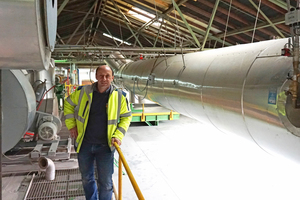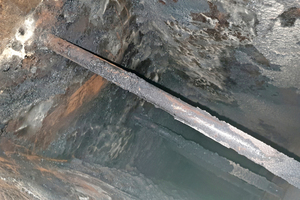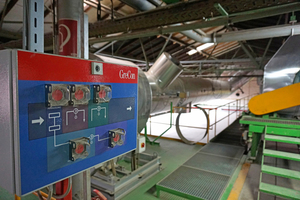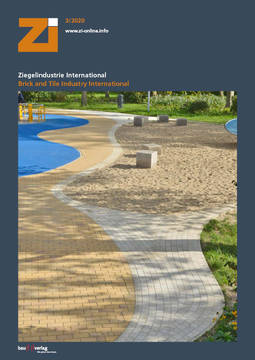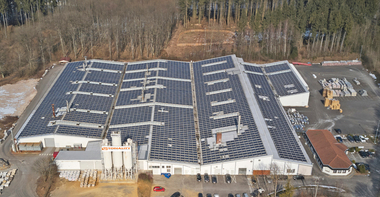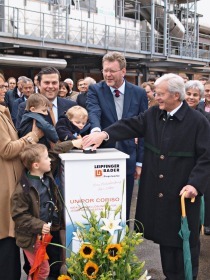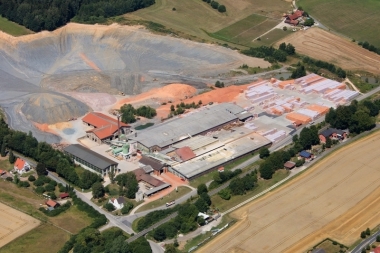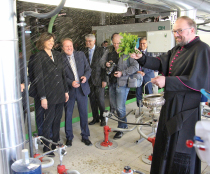Leipfinger-Bader secures production with new fire protection solution
An invisible danger
Bricks are produced at the highly automated Puttenhausen site in a 7-day week in two-shift operation. A central component of the production process is the firing of the green bricks at temperatures higher than 900 °C in a 90-m-long tunnel kiln.
In the past, brickworks often used heavy oil as fuel, and this used to be the case in Putthausen, too. Owing to high storage costs, expensive preheating of the oil to 80 °C, strongly fluctuating prices and poor supply reliability, many brickworks have switched to gas. One difference between the two energy sources is the deposits. In contrast to heavy oil, which tends to soot, gas causes deposits during the combustion process. This bitumen-like substance settles in the extraction system. High process temperatures or special conditions in the firing system can ignite the material and lead to a fire in the extraction system.
Pipe fire extinguishing – on-the-spot extinguishing during ongoing production
In addition to the difficult extinguishing conditions from outside, the fire loads are often underestimated. Deposits of carbon, tar and polystyrene have a similar calorific value to petrol. With a 30-m-long pipeline in DN1000 and a layer thickness of, for example, 5 mm, this results in large stored energy quantities.
When these deposits are ignited, pockets of fire are formed. As the fire progresses, the deposits are liquefied and the entire pipeline begins to burn.
Fagus-GreCon has taken a preventive approach, an individually coordinated concept based on a spark extinguishing system. Sparks and fire pockets are detected in the pipeline. With an extinguishing nozzle at the beginning of the extraction line, a pipe fire can be easily and purposefully fought.
Leipfinger Bader focuses on safety
In order to avoid such a pipe fire, the flue gas ducts at Leipfinger Bader have been monitored with spark detectors from GreCon since the beginning of 2019. Fibre optics allow monitoring even at high process temperatures. If ignition sources are detected, extinguishing is initiated, and water is finely atomized along the entire length of the pipe.
„At three sparks, the GreCon system sounds the alarm – at six sparks, extinguishing is initiated,“ says Thomas Brunner, Deputy Technical Operations Manager at Leipfinger-Bader, describing the different alarm levels. These individually adjustable thresholds enable a protection concept that is optimally adapted to the system. All extinguishing systems can also be controlled manually via panels with manual switches.
High process temperatures in conjunction with deposits result in a dangerous combination. Leipfinger-Bader has increased safety in production by installing the fire protection system and is convinced of the effectiveness of this solution.
In order to achieve reliable protection against fires across all its plants, the company has already placed the next order for the installation of a pipe fire extinguishing system at its Vatersdorf facility.
Fagus-GreCon Greten GmbH & Co. KG
www.fagus-grecon.com/de

